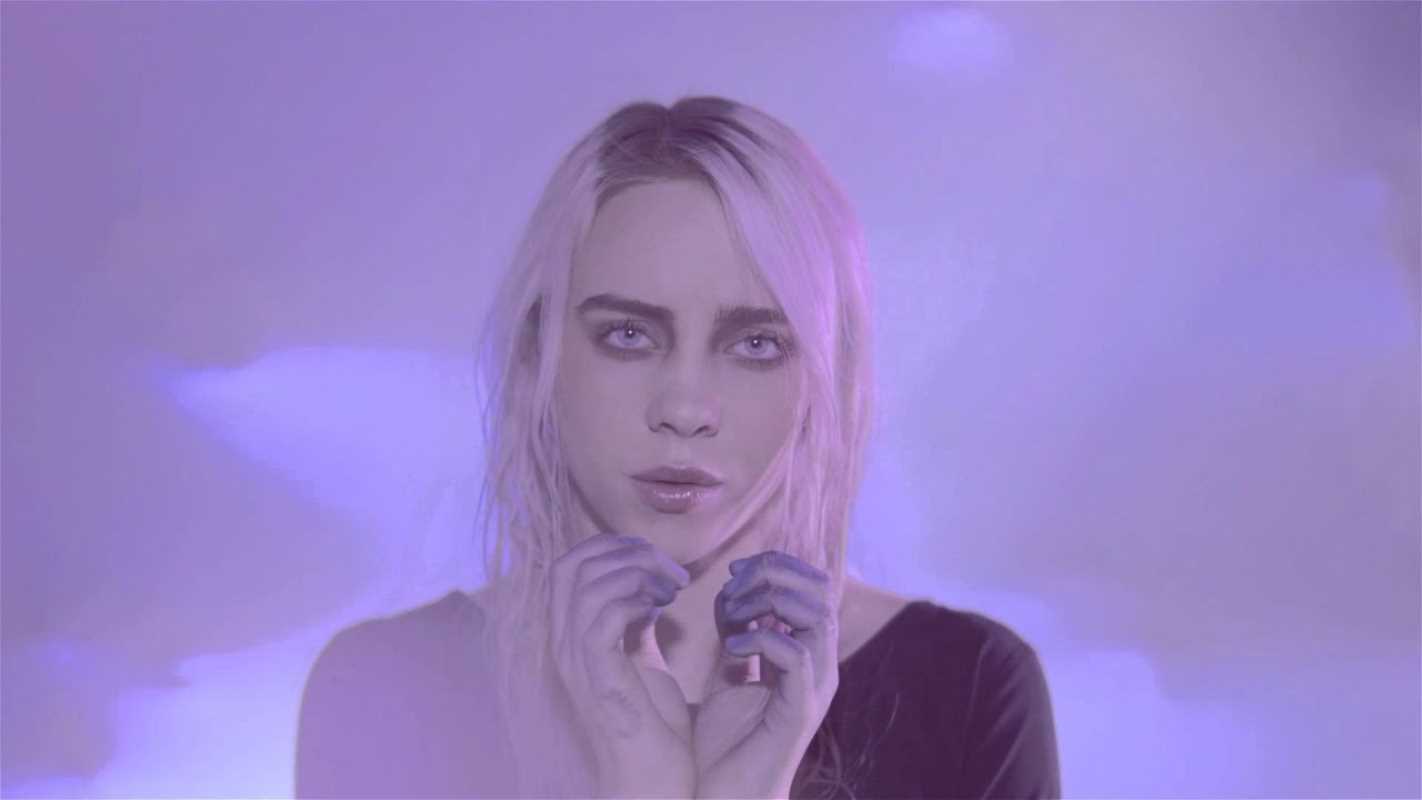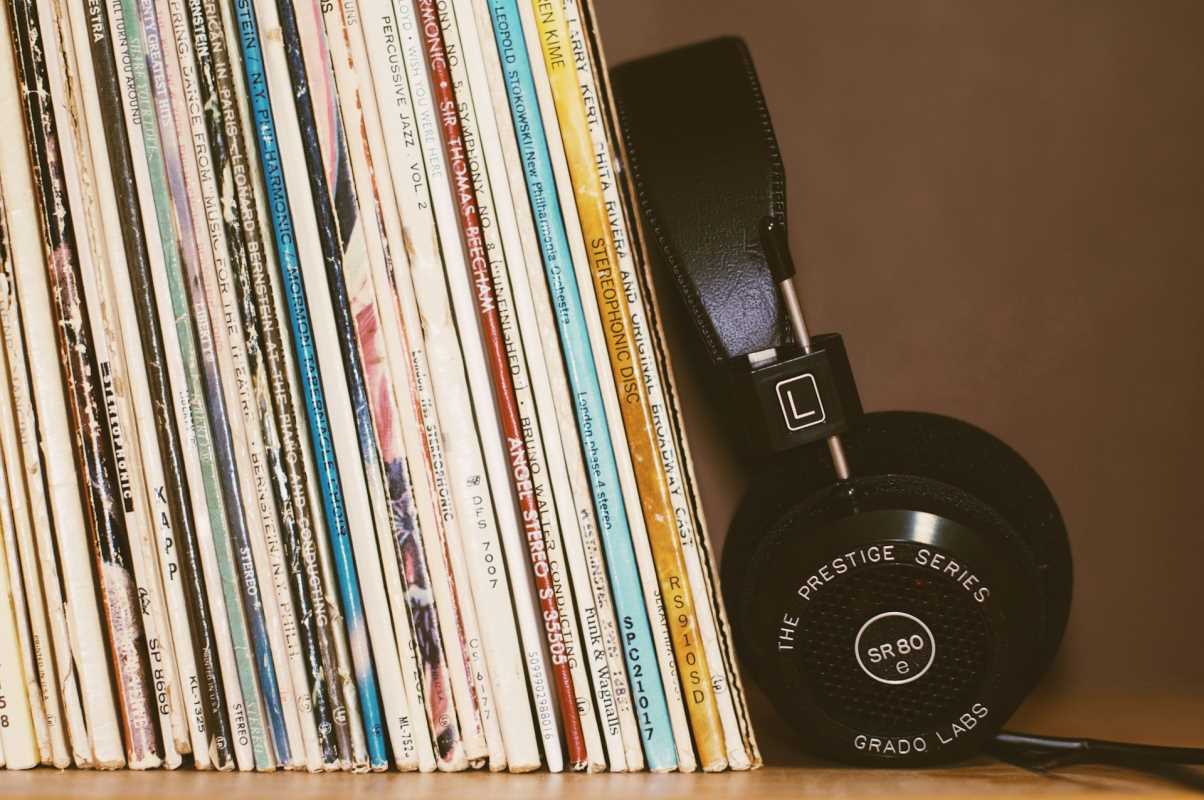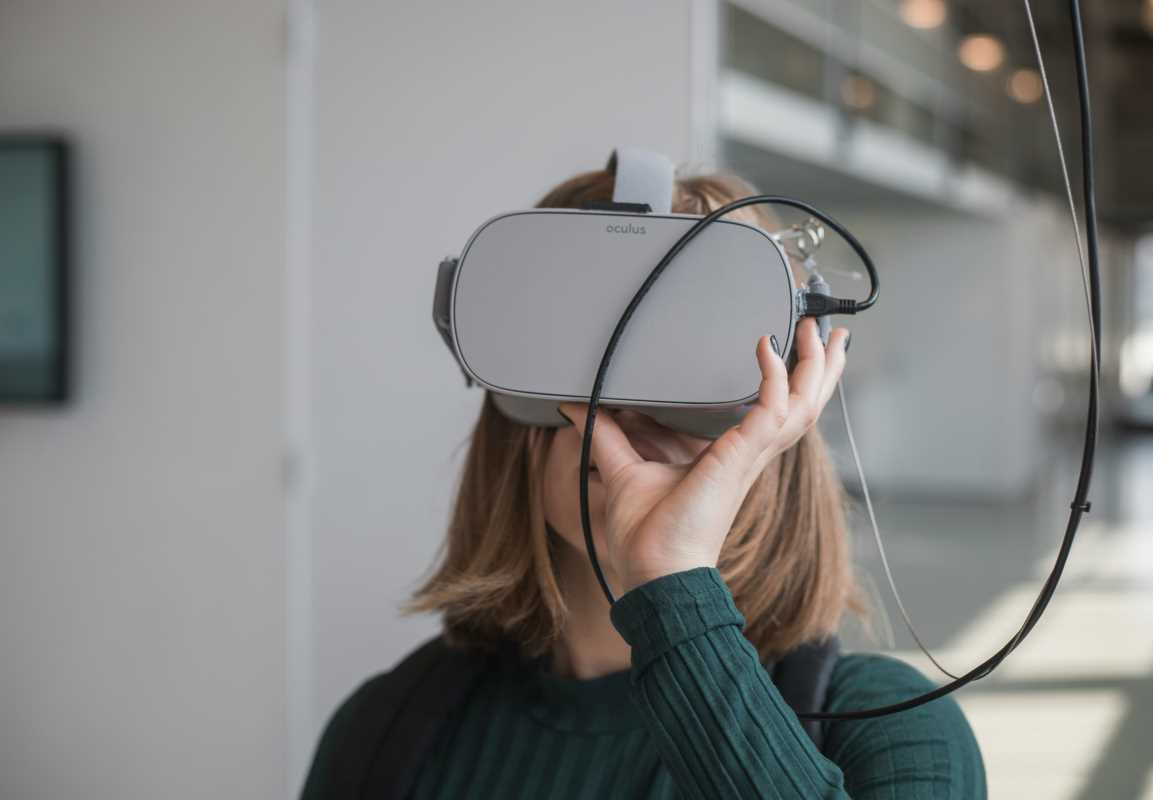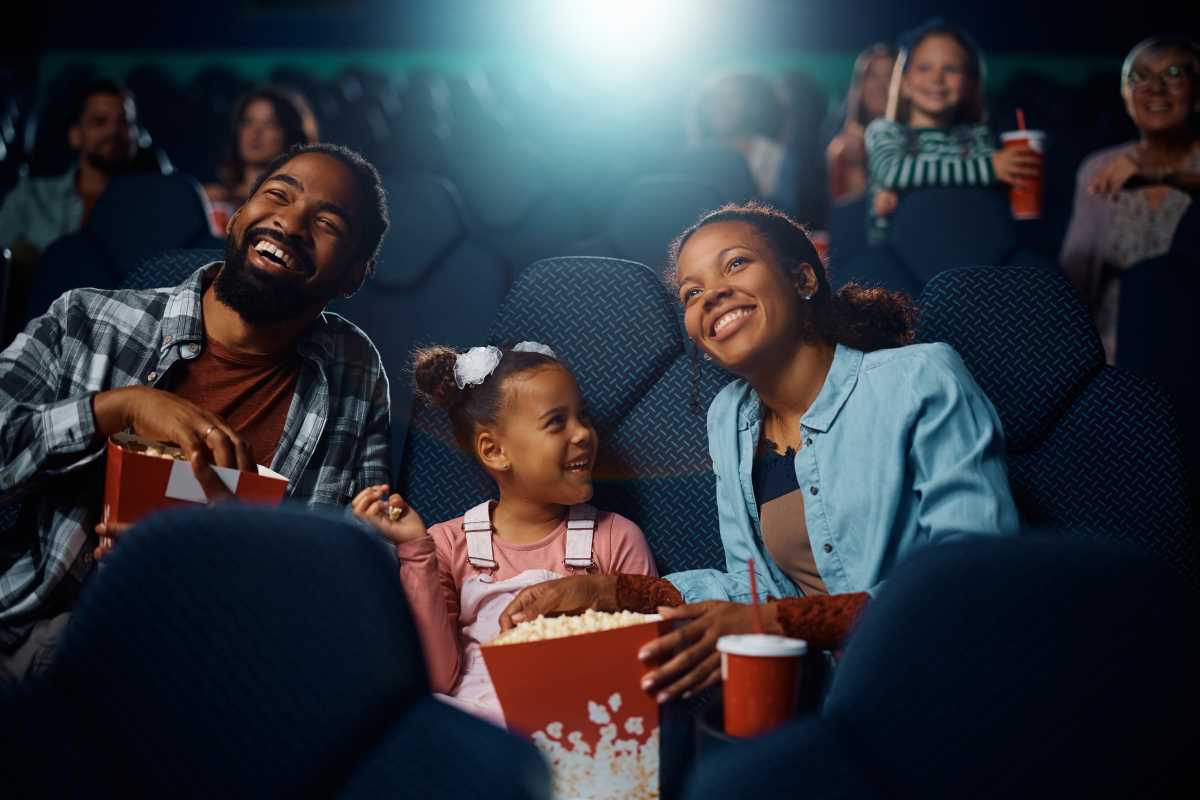Once upon a time, music videos were iconic. They weren’t just promotional tools—they were art. The launch of MTV in 1981 revolutionized the music industry, setting the stage for music videos to become a cultural force. From Madonna’s provocative visuals to Michael Jackson’s groundbreaking short films, music videos weren’t just companions to the music—they were experiences. But today, this once-dominant art form struggles for relevance in a landscape defined by instant gratification and streaming dominance.
The Golden Era of Music Videos
The 1980s and 1990s marked the pinnacle of music video influence. MTV didn’t just play music videos—it created a whole culture around them. Seeing a premiere on MTV was a massive event, drawing millions of fans to watch in real-time. Artists began to craft videos with ambitious storytelling, avant-garde visuals, and elaborate production designs to stand out.
Icons like Madonna used videos to shape their personas. Like a Prayer wasn’t just a song; it was a visual statement laced with religious imagery and controversy. Artists like Michael Jackson elevated the medium with Thriller and Bad, blurring the line between music video and cinema. Directors like Spike Jonze and David Fincher brought visionary filmmaking to the genre, and suddenly, music videos became short films capable of telling complex, emotional stories—all set to a killer soundtrack.
The Decline in Popularity of Music Videos
But somewhere along the way, the music video began to lose its grandeur. The rise of music streaming platforms like Spotify heralded a shift in music consumption. Fans gravitated toward instant access to songs and playlists, and the visual side of music became less crucial. The internet, and later YouTube, replaced MTV as the primary platform for music videos. At first, this seemed promising—videos became easier to share and more accessible to global audiences. But competition for viewers' attention exploded. Instead of sitting down to watch an entire video, audiences clicked around, consumed snippets, or streamed the audio-only version while doing other things.
The rise of social media added to this shift. Bite-sized attention spans mean artists now focus on creating TikTok-friendly moments rather than full-fledged visual epics. Why spend millions crafting a storytelling masterpiece when a 15-second clip can drive millions of streams?
Do Music Videos Still Matter?
While it seems like the traditional music video is fading, some artists still see it as a crucial tool for storytelling and connecting with fans. Beyoncé’s Lemonade proved the power of the visual album, using videos to create a cohesive narrative that enhanced the depth of her music. Artists like Billie Eilish have redefined modern videos with their moody, surreal aesthetics (think bury a friend or bad guy). Similarly, Lil Nas X turned visuals into viral moments with Montero (Call Me By Your Name) and its audacity to challenge norms in ways that had everyone talking.
These artists show that music videos can still make waves, but they’ve become the exception rather than the rule. The format is now reserved for the top-tier acts who have the budgets and creative freedom to experiment without fear of it falling flat.
The Changing Role of Music Videos
Today, music videos are less about artistic ambition and more about utility. They’re vehicles to promote tracks, gain YouTube streams, or create viral dance challenges. The industry’s focus on quantity over quality has meant music videos often no longer feel like a medium for artistic experimentation. Exceptions exist, but they’re increasingly rare.
Still, the nostalgia remains. Many fans miss the days when music videos were events, not just content. There’s a hunger for visuals that mean something—artworks that elevate the music they accompany, rather than just existing to fill a timeline.
Can Music Videos Be Revived?
The road back to relevance might depend on rethinking what a music video can be. Artists like Taylor Swift are a great example. Her reinvention of the format, from cinematic videos like All Too Well (10-Minute Version) to meta-commentary pieces like Anti-Hero, blends an old-school commitment to storytelling with the marketing-savvy strategies needed in the modern world.
Platforms like YouTube and even TikTok, while often culprits in the demise of the traditional music video, could serve as tools to innovate. Shorter-form music videos or serialized story arcs could modernize the art form for those with smaller attention spans while keeping its creative roots intact.
The art of the music video isn’t dead—it’s just transforming. For some artists and fans, they’ll always hold a special place as visual reflections of their favorite songs. Though their cultural prominence may never return to the heights of the MTV era, music videos still have the potential to inspire. They may not dominate the industry anymore, but for those who value storytelling in all its forms, they remain a worthwhile endeavor.
The next time you watch a music video, take a moment to appreciate the artistry behind it. Even in its quieter moments, this art form still has something to say. Perhaps, with the right creators and cultural shifts, we might see the music video enjoy another golden age.
 (Image source: Interscope Records)
(Image source: Interscope Records) 

.jpg)



